Cheap Mods to Make Your Car Look Better
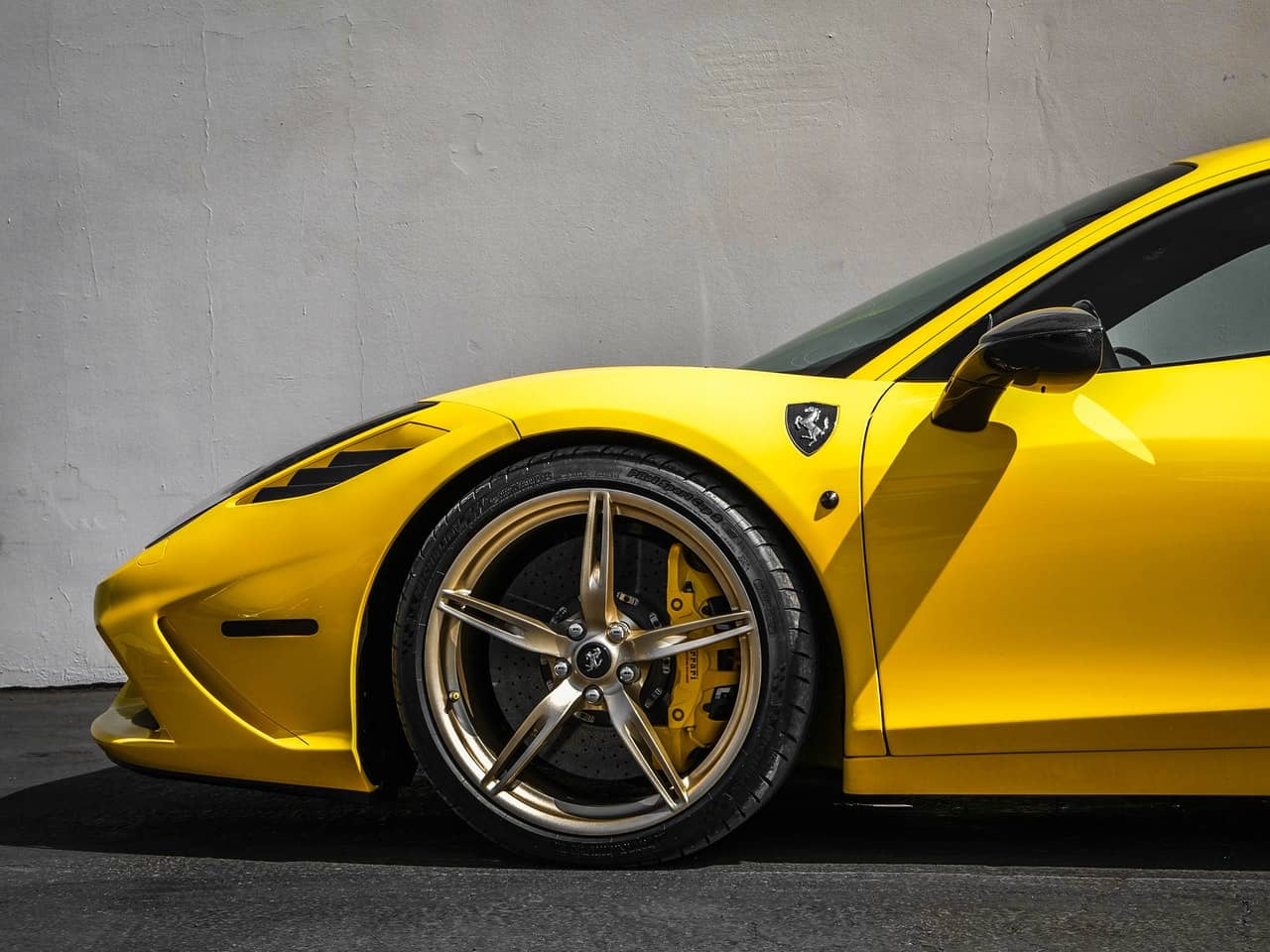
The following are inexpensive car modifications you can do to your vehicle to increase its efficiency, performance, and looks. These mods are ranked from the cheapest and least intrusive to the costlier and more invasive mods. What may be considered cheap varies from person to person, so we stuck to those modifications which cost less than $1000.
It is important to remember that before doing these car mods, you must first check if your vehicle is still covered by the warranty. Otherwise, some of these mods will void the warranty you have on your vehicle.
Basic tune-up
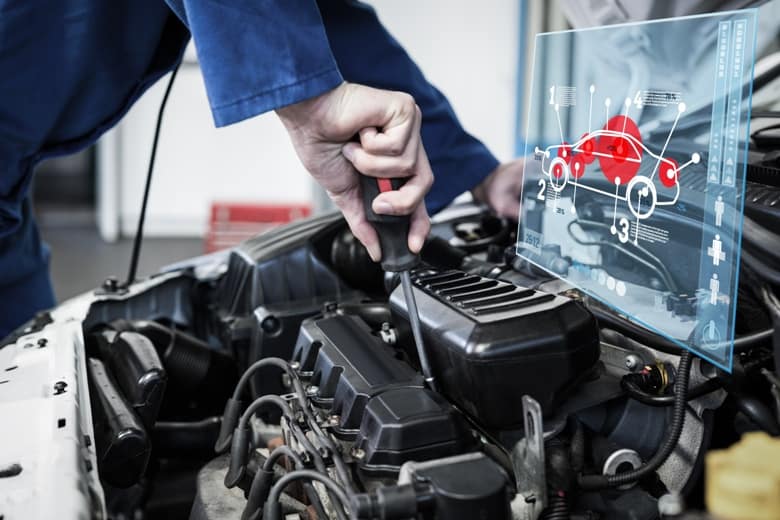
Tuning up your car is the first thing to consider if you are looking for a way to squeeze more performance out of your vehicle. A tune-up does not involve the purchase of bolt-on parts, making this mod the simplest and cheapest. Tuning up your car regularly ensures that it keeps running smoothly as best it possibly can.
A basic tune-up can be performed by an average car owner. Checking the fluid levels and air filters usually do not involve the use of tools and can be done in less than an hour. A basic tune-up is done by checking essential vehicle systems for wear, and making sure that the brake fluid, engine oil, and coolant levels are topped up to their proper levels.
Changing the oil in your car should be done according to the period recommended by your car manufacturer. The engine oil lubricates moving engine parts to reduce friction and carries the excess heat away from the engine. Proper lubrication increases engine efficiency, decreases fuel consumption, and reduce wear. Changing the oil in your car regularly keeps it in top working condition.
Refilling the brake fluid is important in making sure that your car is roadworthy. The braking system on your vehicle is a critical safety component that needs to be working perfectly at all times. Keeping the brake fluid at the proper level ensures that your braking system has the proper amount of hydraulic fluid it needs to slow down or put your car to a stop.
Car engines generate a lot of heat while in operation. To prevent your car from overheating, coolant or antifreeze is circulated through the engine. Coolants degrade over time due to heat, debris, and evaporation. Keeping the coolant at the proper levels ensures that a sufficient amount of coolant is circulating through the engine to prevent it from overheating.
Basic tuning also involves checking the intake air filter and cabin air filters. Filters prevent dust and other particulates from entering the engine. Accumulated dust hinders air flowing through the filter media, restricting the air supplied to the engine. You can clean your dust filter by blowing compressed air under low pressure to the filter body. Make sure not to use excessive pressure since you will run the risk of tearing the filter media. Alternatively, you can vacuum the dust out of the filter using a shop vacuum. While cleaning the filters, you should also clean the air filter housing.
Another part of basic tune-up is checking the batteries to see if it charging properly and is free of corrosion. Lead-acid batteries contain a sulfuric acid that can corrode the terminals on your battery. This corrosion may prevent your car from starting due to the loss or reduction of electrical conductivity.
Flashing the car computer
Like updating the firmware of your phone, flashing the computer on your vehicle with the latest software can increase its efficiency. These software updates are usually focused on improving fuel combustion and drivability by optimizing some systems in your car like timing, air to fuel ratio, among others. Like tune-up, you do not need to buy aftermarket parts to update the software of your car computer.
Car manufacturers release software updates for the computer of your vehicle every few years or so. It is recommended that you flash your computer with the firmware once they are released since these updates were made either to address some issues with the old firmware or to tweak some settings to improve the performance of your vehicle. Flashing the computer of your car, however, requires the assistance of a trained mechanic accredited by the car manufacturer. Otherwise, you run the risk of bricking the car computer.
Premium oils and fluids
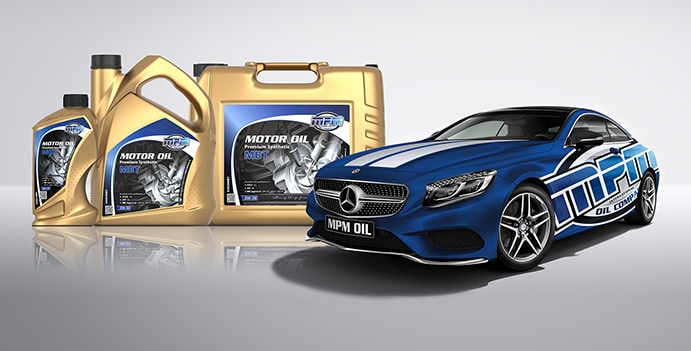
Using the right kind of oil and fluid qualifies as a mod since it involves the use of a superior kind of product than what your car manufacturer recommends. Switching from basic oils and fluids to premium ones does have its advantages. Some people consider premium oils are a waste of money but in most cases, the extra cost of premium oils and fluids are justified.
For example, synthetic oils are formulated to last longer between oil changes, withstand extreme temperatures, and offer better protection than conventional oils. In the case of brake fluids, some fluids have higher boiling points and absorb less water moisture than others. This is important because the brakes on your vehicle are always subjected to high temperatures and rough environments. In addition, water moisture contaminating the brake fluid decreases its boiling point and increases the risk of corrosion.
High-octane fuel
High-octane fuels exist for a reason, otherwise, the pumps would just offer basic gasoline. High octane fuels burn more efficiently than ordinary gasoline because they can withstand higher pressures before igniting. This is especially useful to prevent engine knocking. The increased burning efficiency of high-octane fuels also reduces harmful emissions because the fuel is fully combusted. Premium gasoline also contains additives that help clean the fuel system on your vehicle. Because high-octane gasoline is harder to ignite than standard gasoline, you should also consider changing the spark plugs on your vehicle.
High-flow intake air filters
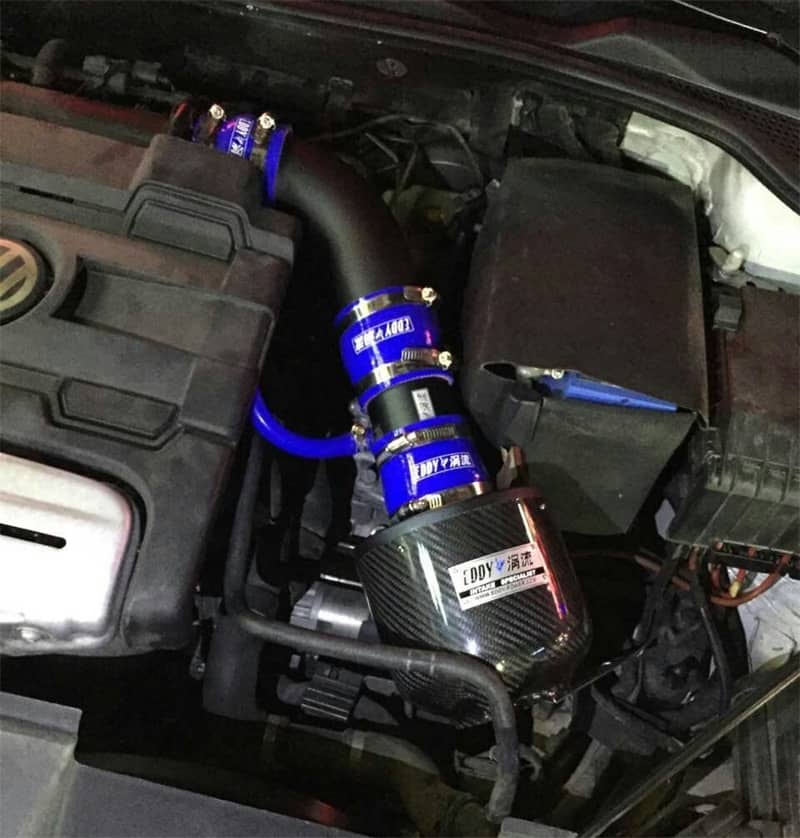
Switching from stock to aftermarket air filters is one of the easiest and cheapest mods you can have in your car. Aftermarket air filters provide greater airflow and filter more particulates than stock intake filters because of their design. Naturally-aspirated engines need an efficient flow of clean air to effectively combust the air-fuel mixture.
When replacing intake filters, you must take into account the environment on which you typically drive. Filter density, dust capacity, and filter size impact the amount of air flowing to your engine. A filter having these three properties would be best choice. Less dense filters are enough when driving through the city or the highway. In dusty conditions, however, it is advisable to install filters that have a high dust capacity and filtration.
Performance spark plugs
Another cheap mod that can greatly increase the performance of your car is replacing your spark plugs with iridium ones. Iridium spark plugs are more resistant to wear, higher electrical conductivity, and better firing efficiency than the standard copper and platinum spark plugs. These properties reduce misfires that can damage your engine. If you are using high-octane fuel in your car, it is recommended that you also upgrade to iridium spark plugs.
Weight loss
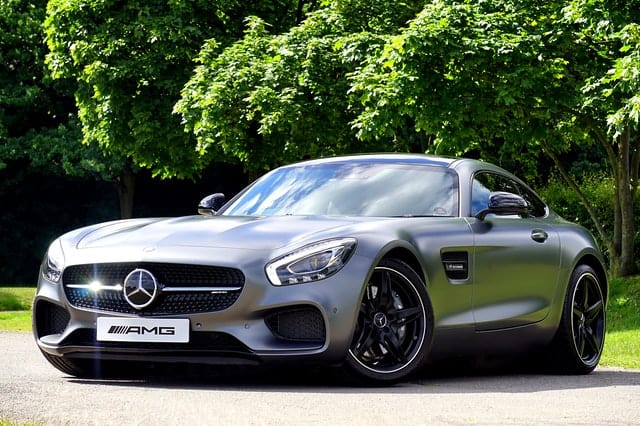
There are two types of weight supported by a vehicle – sprung and unsprung weight. Sprung weight is the weight from those parts which are supported by the car suspension like the body, engine, transmission, seats, and passengers. Conversely, unsprung weight is the weight that is not supported by the suspension like the tires, wheels, brakes, axle, and other structural members.
Getting rid of excess weight is often the last thing considered when it comes to increasing the performance of a vehicle. Weight reduction increases performance because it lightens the parasitic load placed on your engine and suspension. Reducing unsprung weight involves replacing stock car seats with lightweight racing seats, laminated and tempered glass with polycarbonate glass, bulky interior body panels with lighter and low profile ones, and stock wheels with lightweight alloy rims.
Cold air intake
Similar to replacing your intake air filters, a cold air intake enhances the airflow to your engine to improve performance. The theory behind is that naturally-aspirated engines run better on cold air than in hot. However, you need to exercise caution when swapping your stock intake with a cold air intake.
Bolting on a cold air intake can adversely affect the performance of your vehicle when not done properly. This is so because the computer in your car is programmed to work with the factory intake. When a cold air intake is installed, the computer cannot account for the amount of airflow and make the necessary adjustments to create the correct air-fuel mixture.
In order for a cold air intake to work seamlessly with the rest of the engine, reprogramming the computer of the vehicle is necessary. This may significantly increase the cost, making this mod unappealing cost-wise.
It is a whole other matter if your vehicle is an old one which does not have a computer. Older vehicles benefit more from cold air intakes since you can adjust and balance the air-fuel ratio manually.
Another thing to consider is the location of the cold air intake filter. The ideal location for the filter is where it has access to cold air typically on the grille or on the bumper. These locations are also ideal since the filter is placed as far as possible from the engine to avoid sucking in hot air from the engine.
Aftermarket exhaust

In addition to shaving weight off your car, aftermarket exhausts offer better exhaust flow than stock exhausts. The engine exhaust is just as important as the intake. Car manufacturers tend to cut corners when it comes to exhaust, either to save costs or conform to regulations.
Naturally-aspirated engines need to "breathe" and "exhale" efficiently. If you upgrade your car intake, it is also a good idea to also upgrade your exhaust to balance it all out. The greater amount of flowing to your engine, the same amount also goes out of the exhaust. To compensate for this increase in airflow, an aftermarket exhaust with a less restrictive design is ideal.
Back pressure is a phenomenon where the flow of exhaust gas creates a partial vacuum which causes the exhaust gas to be sucked back to the combustion chamber. This causes an increase in temperature in the cylinder which can affect the combustion process. Back pressure is reduced or eliminated by using larger exhaust pipes and better flow profile.
There are three types of aftermarket exhaust: axle-back, cat-back, and header-back. Axle-back is the least expensive of the three. It involves replacing exhaust parts from the back axle to the muffler. In cat-back, every exhaust part from the back of the catalytic converter to the muffler is replaced, costing more than axle-back. The most expensive of the three is header-back where every part of the exhaust is replaced from the exhaust headers to the muffler.
Alloy wheels
Just like reducing unsprung weight, reducing the unsprung weight of your car also increases its performance and handling. Among the most popular mods to reduce unsprung weight is changing stock wheels with lightweight alloy rims. Aluminum alloy rims weigh 40 percent less than steel, a significant weight reduction when you add the weight of all the wheels on your vehicle.
Aftermarket wheels come in different sizes, materials, and designs. Aftermarket rims are either made from aluminum, magnesium, or carbon fiber. Aluminum wheels are the most common and cost significantly less than the pricey ultra-lightweight carbon fiber rims.
High profile wheels are inexpensive and are better at absorbing shock from bumps and uneven road terrain. Low profile wheels and tires look more stylish but do not suit well when driving over potholes and rough terrain. When choosing aftermarket wheels, you must consider the terrain you are driving on.
Tires
Having the right rubber on your car can have a beneficial effect on how your car handles. Touring tires are suitable for everyday use since they offer adequate traction, balanced handling, and reduced tire wear. This makes touring tires ideal for the average cars, SUV, and pickup truck. Performance tires are more suited for exotic and racing cars which require higher tire performance than touring tires.
It is important to remember that the tire width and aspect ratio directly affects handling. Low profile tires work in most road conditions, last longer, and offer adequate traction and handling. High profile tires are not advisable when driving over rough terrain since they are more prone to damage since there is little rubber between the road surface and wheels to absorb shocks. Wider tires
When selecting the right tire for your car, choose one that offers a balance between handling, traction, and tread wear.
Aftermarket Brakes
Another cheap mod you can do to your car is upgrading the factory brakes to aftermarket ones. Factory brakes are either drum-type or disc-type. The stock brakes on your vehicle are engineered to provide sufficient braking power and should work just fine under normal driving conditions. Brakes are subjected to extreme amounts of stress especially when you are driving downhill or carrying heavy loads. When you need more braking power to suit tougher driving conditions, you may want to swap your brakes.
Bolt-on brake kits come in a variety of packages. Some brake kits are focused on the aesthetic side of things while others are more on the performance aspect. Big brake kits with oversized calipers and brake pads are efficient in dissipating heat since the contact surface between the pads and the brake disc is larger. Excessive heat causes brake fade, a phenomenon where braking power is reduced or completely lost. In addition to providing better braking performance, big brake kits also make your car look better.
Aftermarket suspension
Aftermarket suspension is another cheap mod you can make on your car. Whether the performance of stock suspension is sufficient or not depends largely on you as the driver and the environment you are driving on. If you are driving on paved roads, the stock shock absorbers and suspension on your car are sufficient in dampening vibrations from the road.
Driving off-road or under heavy load, however, takes a toll on your suspension system. Stock suspension may not provide enough clearance and vibration dampening when driving over rough terrain. If you usually drive off-road, you may want to consider upgrading to aftermarket suspension.
The suspension system on your vehicle consists of several parts like the shock absorbers, rubber bushings, anti-roll bars, springs, wheels, and tires. You can upgrade your suspension system piecemeal or upgrade it entirely, depending on your budget.
Window tinting and body wraps
Car wraps allow you to personalize your car according to your tastes. The cost of car wraps depends on the size of the wrap. Partial wraps cost less than a thousand dollars while a full-body car wrap will set you back upwards of $2000. A full car wrap will also depend on the size of your car.
Another aesthetic mod to consider is window tinting. Window tinting not only enhances privacy, but it also reduces glare and contributes to the overall look of your car. Window tinting costs anywhere between $100 and $500, depending on the type of film and the number of car windows. Before tinting your car, be sure to comply with the car window tinting laws of your state or country.
Cheap Mods to Make Your Car Look Better
Source: https://carcody.com/cheap-car-mods/
0 Response to "Cheap Mods to Make Your Car Look Better"
Post a Comment